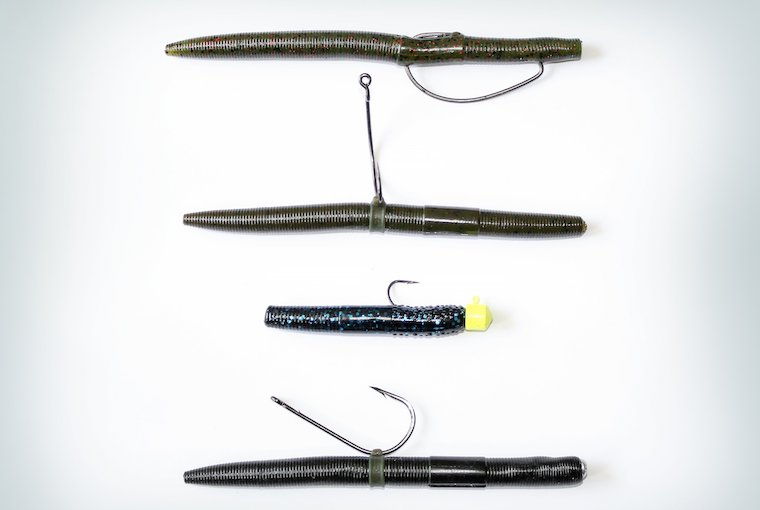
The soft-plastic stickbait is one of the most versatile and effective lures for catching bass. An easy bait to work, it excels at tempting fish to bite when other lures fall short.
Here are four ways to rig ’em.
1. Texas
The preferred method when faced with snags and moderate to heavy weed cover, rigging a stickbait Texas-style allows plastics to be tossed up shallow or skipped under cover without getting hung up. Choose an offset hook and if moving away from the bank and skinny water, add a small worm weight to the head or nail to the tail to probe deeper depths.
2. Wacky
The most common rigging method, hooking up wacky allows this bait to show off its tantalizing shimmy and shake when slowly falling. A winning presentation when fishing relatively open water, a regular hook can be swapped out for a weedless variation if the bait is getting hung up. Ideal as a ‘do nothing’ tactic, the natural fall of the bait with intermittent twitches is all that’s needed to get bit.
3. Ned
Ideally suited for shorter baits (or a longer lure snipped down to size) and coupled with a light mushroom-head jighead, the Ned rig is a finesse application that excels when working hard bottom structure. Glide, hop, and dead- stick this presentation for the best bites, especially when dealing with finicky fish.
4. Neko
Relatively new on the bass scene, the Neko rig is basically a refined take on the wacky rig. Insert a tungsten nail weight, specially designed Neko weight, or ordinary household screw into the tail end of the bait. Next, thread the hook lengthwise to the stickbait. You’re left with a presentation that offers a unique action when sinking with the ability to stand straight up when resting on bottom. A bass-catcher in open water situations, this rig excels when dragged along sand and rock flats, ledges, and points.
Originally published in the July 2022 issue of Ontario OUT of DOORS


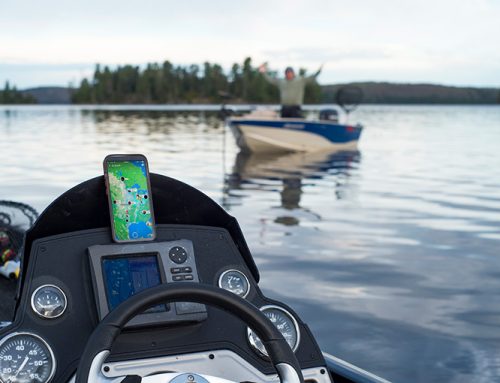
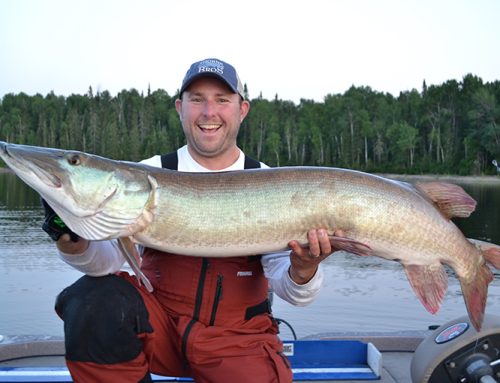
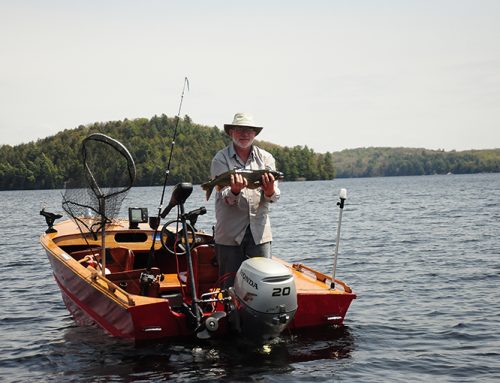
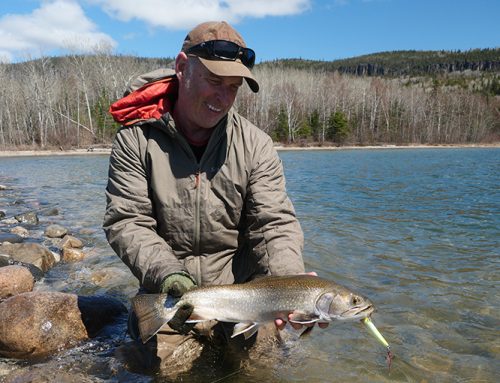
Leave A Comment